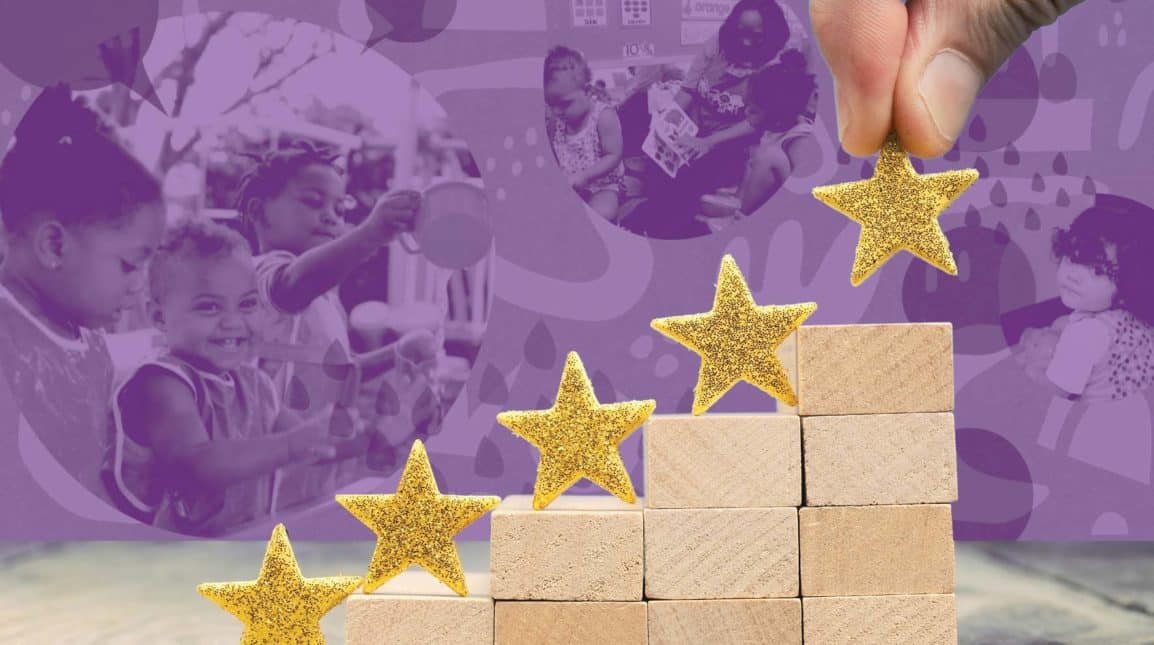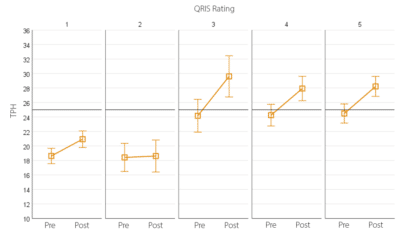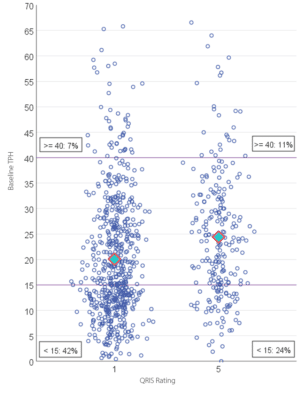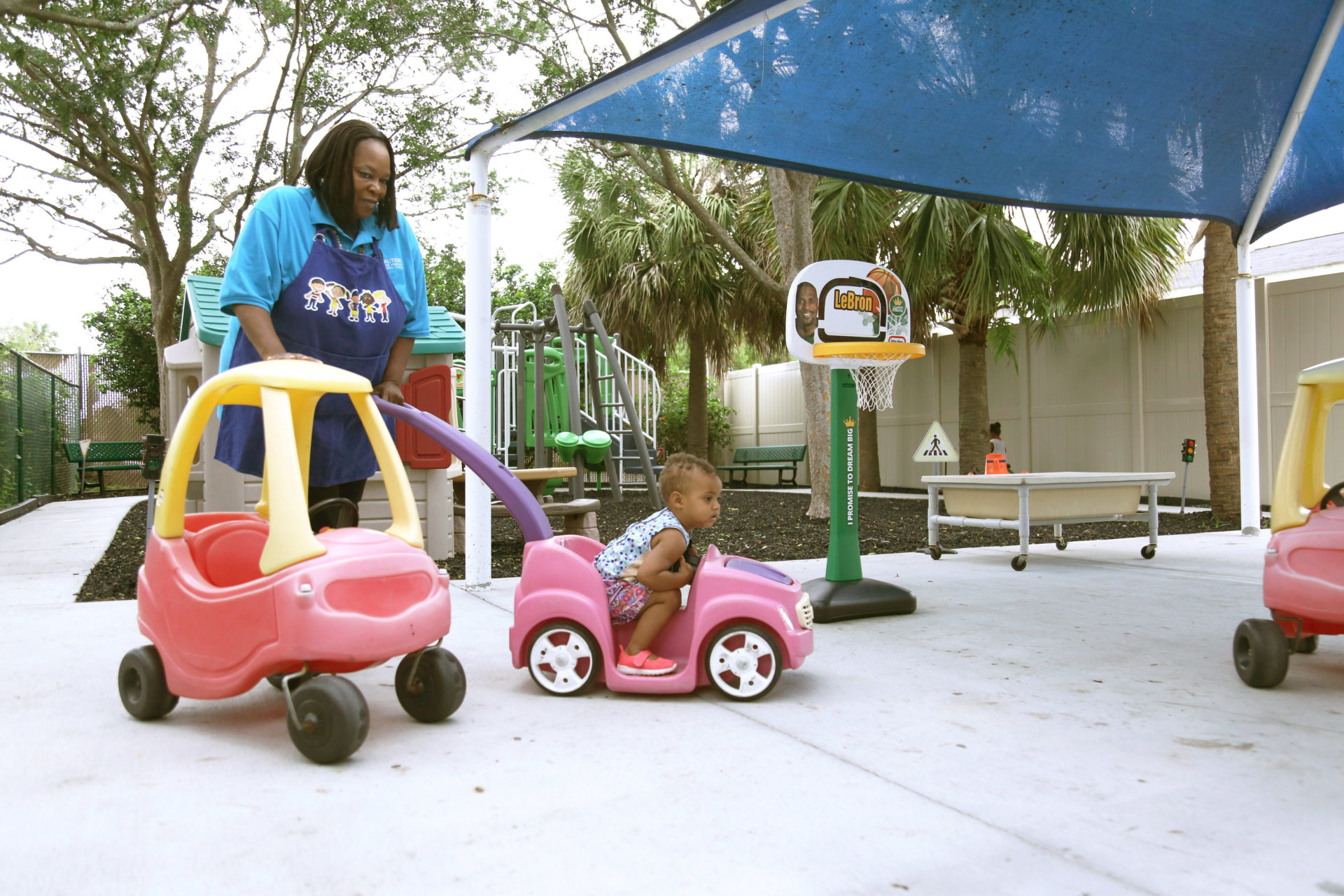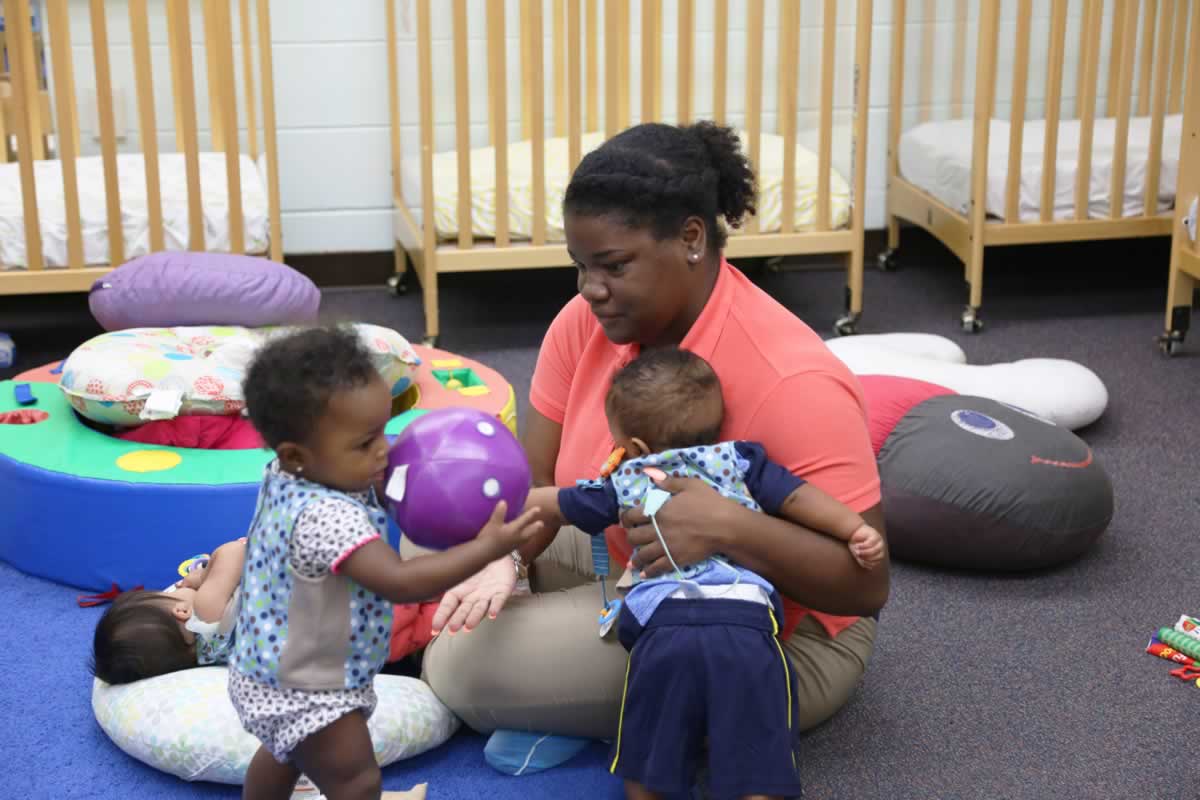As anyone working in early childhood education likely knows, quality rating systems have faced increased scrutiny in recent years. Are they helping families find high quality child care options as they were designed to do? Are they equitable? Do they correspond with child outcomes? And are they adequately responding to what a growing body of research suggests: that responsive interaction is key to optimal early child development?
- In 2017, Child Trends completed a synthesis of QRIS validation studies from different states. They found that while QRIS (Quality Rating & Improvement System) ratings do reflect some differences in learning environments, they fall short of reflecting the experiences and outcomes of the individual child.
- In 2020, the Children’s Equity Project published a report on dismantling systemic racism in early care and education, arguing that quality ratings “do not yield information on individual child experiences.” They go on to ask, “[I]f a classroom is rated a 5 in quality, does that translate to every child — particularly those who have been historically marginalized — getting a ‘5’ experience?”
- In 2022, Dr. Kelly Etter of Policy Equity Group delivered remarks at the InterAct Now CLASS Summit, hosted by Teachstone, on what is wrong with QRIS ratings and how we can fix them. In a series of provocative videos, Dr. Etter made the case that educator-child interactions deserve to be a central focus of QRIS ratings, arguing that quality rating systems ignore variation across classrooms and across individual children’s experiences.
As these arguments suggest, the one thing quality rating systems fail to account for may well be the one thing that matters most: the experience of the individual child.
Recent analyses from LENA’s research team provides unique data insight into what exactly a QRIS rating may be missing. The research shows that approximately one in four children experiences very little adult-child interaction, even within classrooms at centers that have achieved the highest QRIS rating possible.
The stark reality: Even children in 5-star centers may experience little interaction.
To conduct their analysis, the LENA team reviewed data from early education classroom language environments as experienced by a total of 1,417 infants, toddlers, and preschoolers attending child care centers with different QRIS ratings. A total of 227 classrooms within 98 different organizations are represented in the data. The team was especially interested in conversational turn rates, as boosting interactive talk is a primary focus of LENA Grow, the practice-based professional development program in which the children’s teachers were participating at the time of data collection.
If QRIS ratings are intended to distill a wide range of quality indicators into a single number, and if quality rating systems are increasing their focus on adult-child interactions as a basis for achieving that single number, then one would expect to see a correlation between high QRIS ratings and high levels of interactive talk. In other words, the higher the QRIS rating, the higher the number of conversational turns, and the lower the QRIS rating, the lower the number of conversational turns.
Looking only at averages, this assumption would be correct.
On average, children in 1-star centers experienced around 18 conversational turns per hour at the beginning of the LENA Grow program, while those in 5-star centers experienced approximately 24.
While a correlation may exist between QRIS ratings and levels of interactive talk, the differences are relatively minimal. In addition, there is essentially no difference between 3-, 4-, and 5-star centers. Are the differences in interactive talk significant enough to be boiled down to something as stark as a star rating? (See Figure 1.)
Zooming in on the individual experiences of 850 children in the three states that comprise the majority of the total sample — Alabama, Colorado, and Ohio — we see that their experience of the classroom language environment varies widely. Approximately a quarter of children in 5-star centers experienced fewer than 15 conversational turns per hour, the average across all center-based care. (See Figure 2.)
This finding is consistent with our Inside Early Talk report, where we established 40 turns per hour as the benchmark for caregivers to aim for. In the current analysis, 11% of children in 5-star centers and 7% of children in 1-star centers experienced that optimal level of interaction throughout their day, a relatively minor difference and not one that QRIS ratings are capable of reflecting.
Not so incidentally, there’s also strong evidence that LENA Grow worked for educators across settings, as children in both 1- and 5-star centers experienced a conversational turn rate increase of approximately 16% over the course of the program.
QRIS changes are already occurring, but how do we support teachers?
One bright spot is that many states have already mobilized to increase their quality rating system’s focus on equitable interactions.1 More widely used observation tools, including CLASS and Environment Rating Scale (ERS), have also heightened their focus on more effectively mitigating biases in observing adult-child interaction.
We at LENA applaud the increased focus among states and observation tools on the importance of equitable adult-child interactions. It’s a step in the right direction.
Still, though, we must ask: If high-quality, equitable care for all children is the destination, how can we ever arrive at that destination without navigational guidance from A) a tool that reliably measures interaction and B) a professional development program that supports early educators in this area of focus?
Even with these steps in the right direction, the experience of the individual child remains a QRIS blind spot. And simply telling teachers to increase interactions does not provide them with concrete, actionable guidance nor validate their wins and challenges in the classroom. We need a reliable assessment of each individual child’s experience over time.
Quality rating systems across the U.S. are making the right adjustments, but finer distinctions in quality will be needed sooner rather than later if every child is to benefit. LENA’s technology is the tool that can illuminate each child’s individual experience, and LENA Grow is the program that can support educators as their development as professionals demands an ever-greater focus on interactive talk.
1 Just a few examples:
- Texas revised its Texas Rising Star program in 2021 to renew its emphasis on interaction. Previously, five different categories carried equal weight for early education programs seeking Texas Rising Star certification. Now, the category of Teacher-Child Interactions has grown to account for a full 40% of a program’s total assessment. Why? Because, as the state’s guidelines document explains, “[T]eacher-child interactions are known to correlate strongly with high-quality care and positive child outcomes.”
- In Alabama’s Alabama Quality Stars program, educator-child interactions account for key differences between low and high ratings. To achieve a 3-star rating — the scale goes from 1 to 5 — programs must commit to “building on what research tells us grows the strongest brains,” recognizing that a “focus on teacher-child interactions is indicative of how teachers are effectively supporting children’s social and academic development.”
- In Ohio, achieving a 4- or 5-star rating in the Step Up to Quality program depends in part on reaching minimum requirements on the home-grown Ohio Classroom Observation Tool (OCOT), focused just as much on adult-child interactions as on the physical learning environment.



